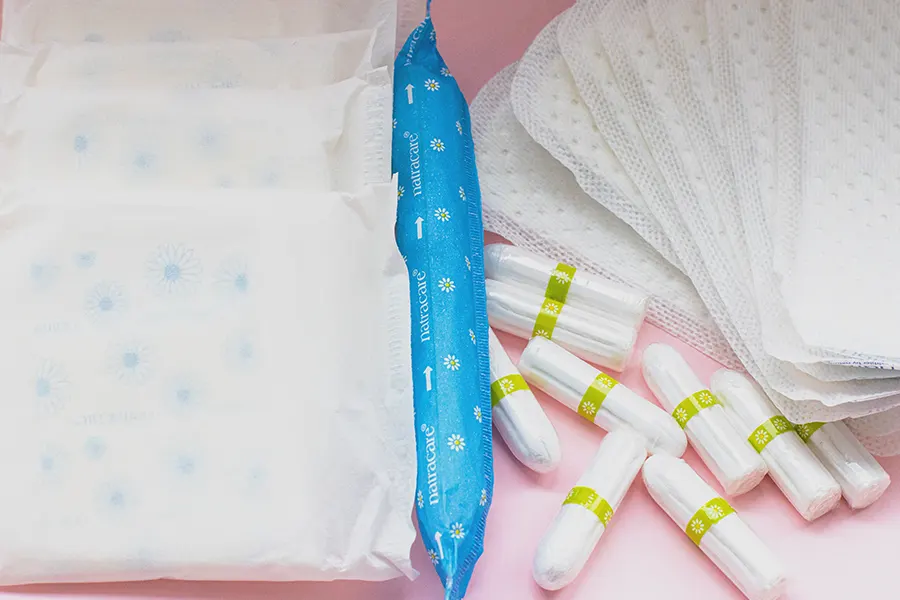
Whether you are an end-user, a distributor of pads and tampons, a wholesaler or a brand new to the business, this is probably the question that bothers everyone:
Do pad and tampon have shelf life? How long? How do I store them properly? What are the dangers of using an expired product? What do I do if it expires?
Today’s article is an in-depth look at these questions and answer the ultimate guide to the shelf life of tampons and pads and tampons.
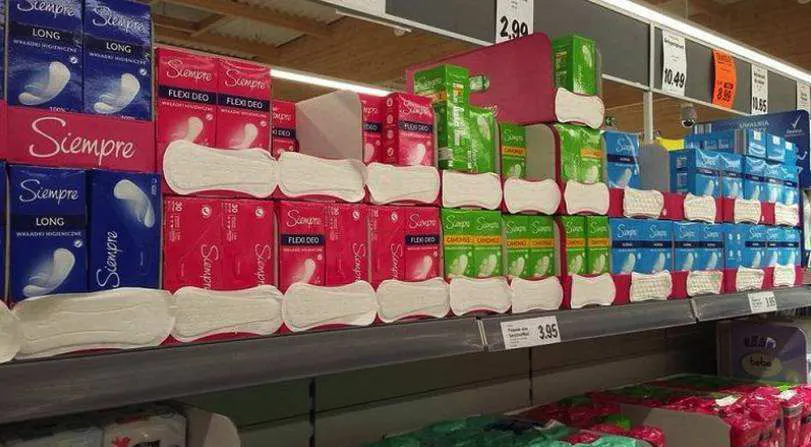
1. Do pads have a shelf life?
Yes, usually sanitary pad and tampon have a shelf life of three years.Not five years
Before that, it is important to mention their structure.
1.1 Tampons are made from a number of different materials bonded to each other, and many businesses use this to claim differentiation in their branded goods, but in simple terms, they can be broadly divided by function into.
Cotton Surface layer – skin-friendly, dry areas
Functional layer – various types of functional chips such as anion, graphene, etc.
Absorbent layer – absorbs blood and locks in moisture
Breathable layer – protects the absorbent layer from spreading and sticking to the underwear
Protective layer – protects the hygiene and safety of the unopened product
Each layer is made up of a hot-melt adhesive, which has an optimal shelf life of three years, after which time the product can easily decompose. There is also a high risk that the glue attached to the panties, for example, will not be strong.
1.2 Although every pad and tampon is controlled for microorganisms at the factory and many countries classify them as medical supplies, this does not mean that the pads or tampons are free from bacteria and fungi, so if the expiry date is exceeded, this can also cause problems with microorganisms that can be harmful to the body. The body’s resistance to menstruation is poor and the humid environment makes it easier for bacteria to grow.When choosing a supplier of pads or tampons, it is important to be aware of the microbiological criteria, which are often overlooked.
1.3 Some products have a shelf life of less than three years, such as biodegradable materials, which usually have a shelf life of two years.
1.4 The problems with tampons are mainly focused on bacteria, so see above. These tampons are more damaging to the body as they are inserted directly into the vagina and can easily cause discomfort if infected, so we recommend checking their expiry date carefully when buying them.
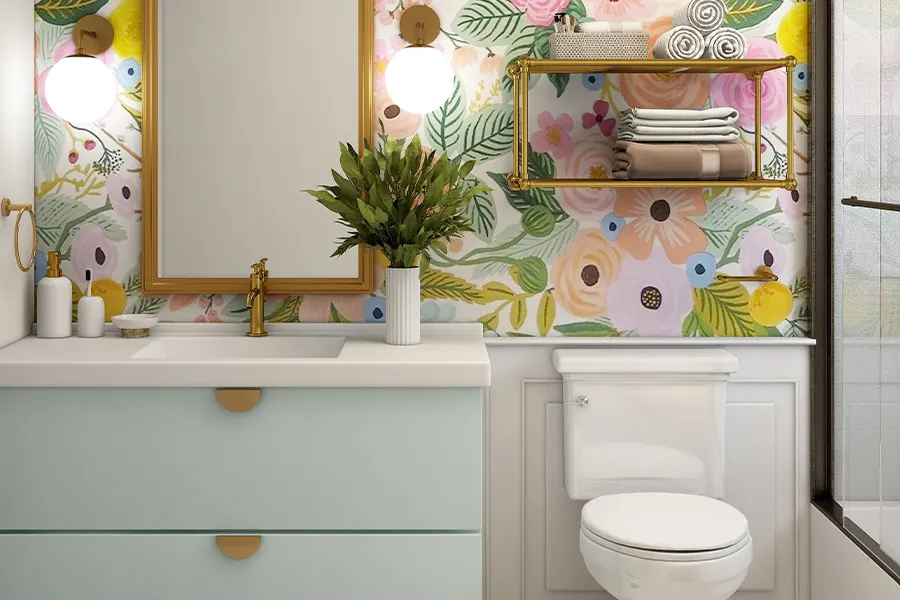
2. How should I store my sanitary napkin?
Store in a cool, dry place and odourless place.
2.1 If stored in an excessively humid environment, microbial growth can be exacerbated, causing the product to become damp and mouldy.
exposure to the sun will accelerate the rapid ageing of the gel and affect normal use.
They are highly absorbent, so keep away from odours where possible
Of course, there is no problem for customers to put it directly into the bathroom, as it will be used soon and will not breed too many bacteria and affect your health in the short term.
2.2 The choice of packaging has to be mentioned here as well. Carton packaging without a plastic sealing film on the outside is more prone to the problems mentioned above; must the bag packaging be OK? No, the outer pouch of the mat is left with a small air permeability hole to prevent the bag from bursting open due to temperature or compression, so whatever the packaging, the storage environment mentioned above should be observed.

3. What if I use expired sanitary pads and tampons?
Although there is an increased risk of illness, there is no need to panic unduly – the body has a strong immune system and the ability to regulate itself. Of course, if you feel uncomfortable, such as itching, odour or tingling or increased vaginal discharge, seek medical attention as soon as possible. Pads are relatively less harmful than tampons because of the microbial effects.
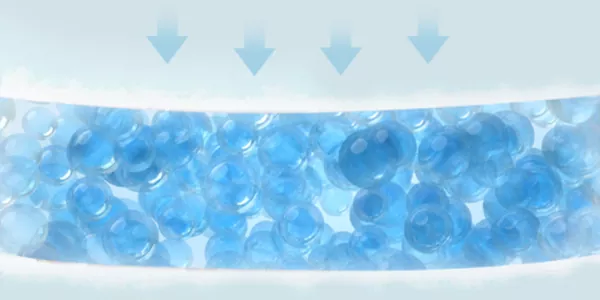
4. What should I do with expired sanitary pads?
Please note that expired sanitary pads and tampons must not be disposed of in the toilet, as this will cause clogging problems, so please dispose of them properly.
Of course, you can also try to dispose of them in a DIY way.
You can take out the absorbent layer and water it, it will be the best medium for moisturising. If you have a lot of flowers to take care of, after trying it once you might look forward to why the mat hasn’t expired yet.
Accidental spills on the table, accidental coffee spills on the floor, etc. are all scenarios that could be perfectly solved by using an expired mat for that awful moment.
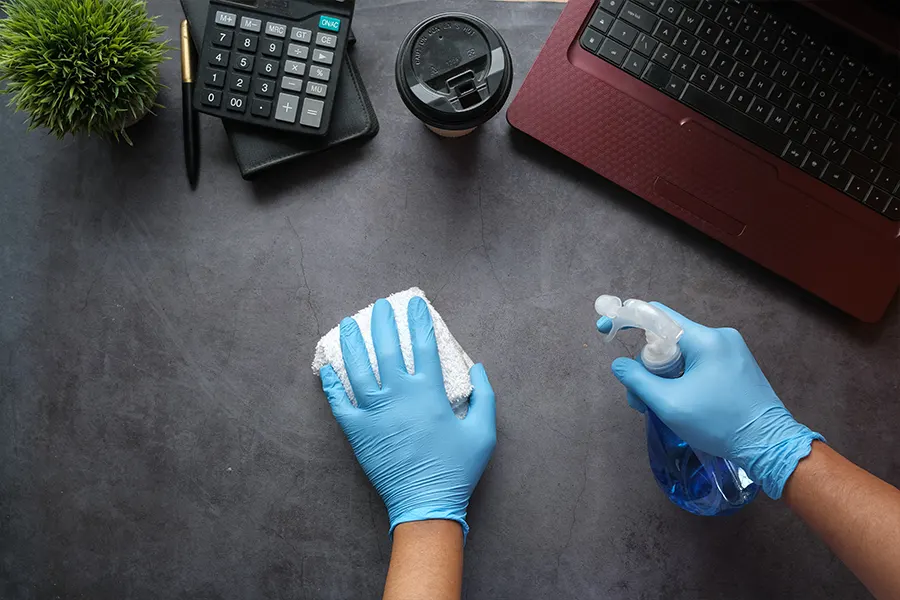
Do sanitary pads have a shelf life?Let’s make a brief summary.
Tampons and tampons have a shelf life of three years, not five.
Store in a cool, dry place and in a place free from odours,
You can store in the bathroom, but use as soon as possible
Check the date of manufacture and expire date before buying
For your health, do not use These products and seek help from the Doctor as soon as possible if you are not.
That’s all there is to it, if you have any other questions and great DIY ideas, Feel free to leave a comment on our website to discuss.
